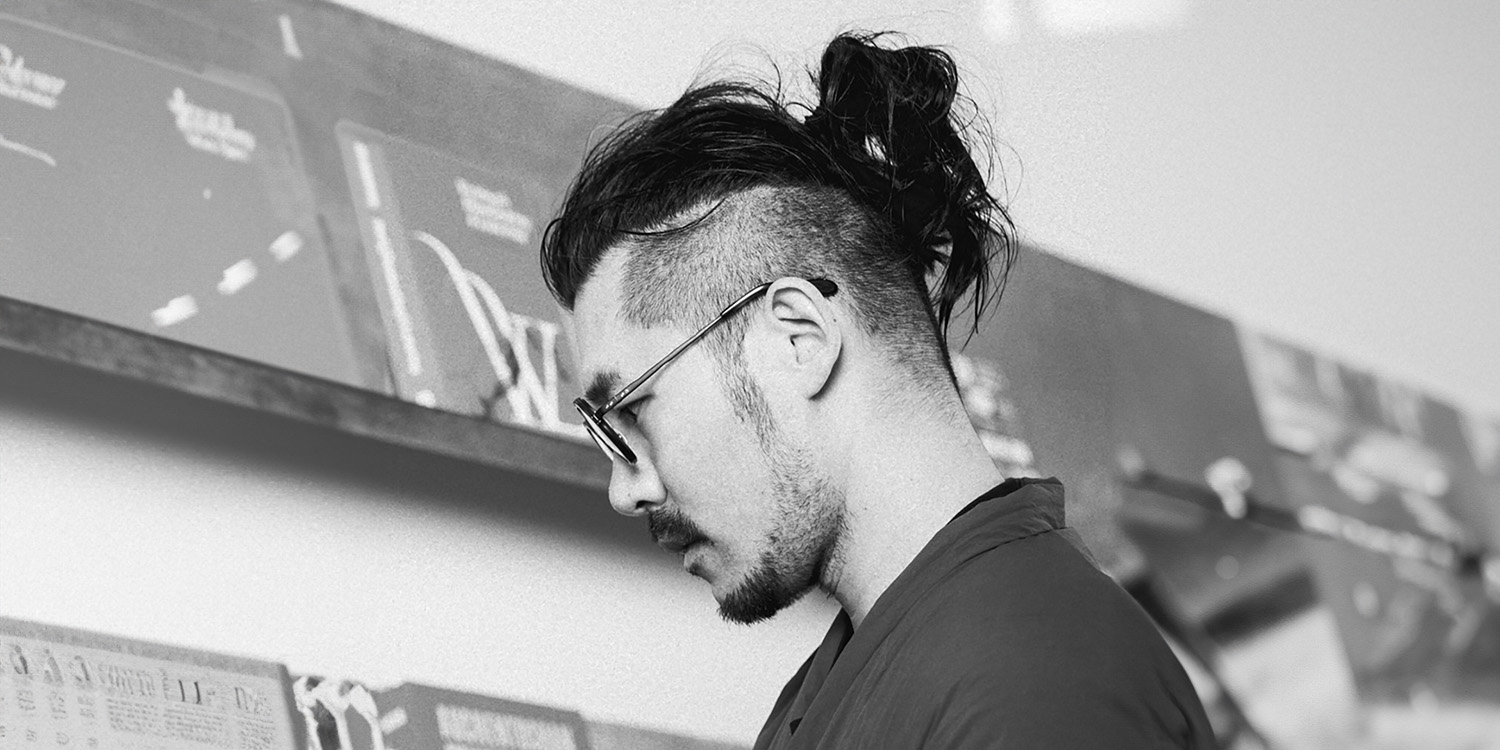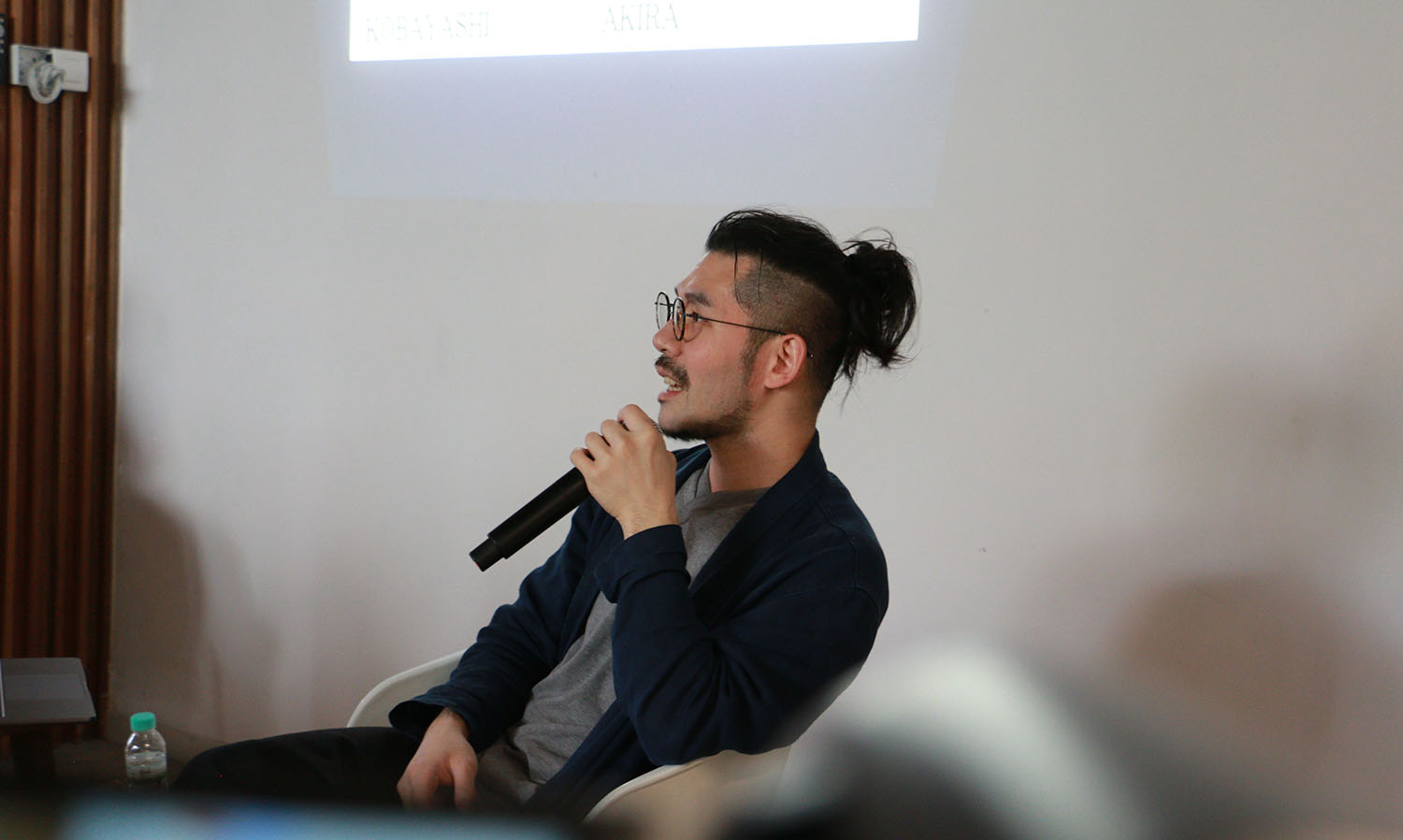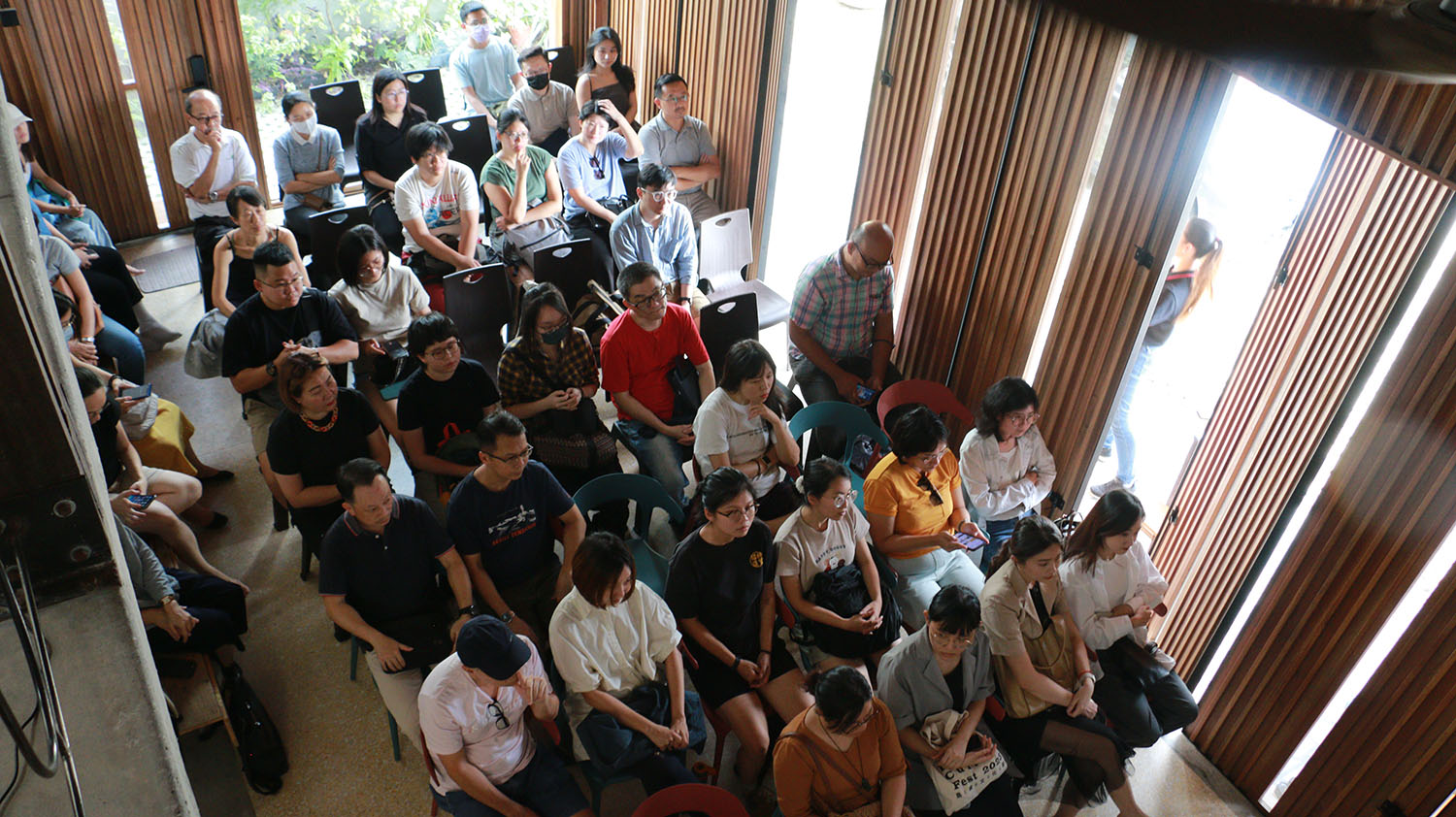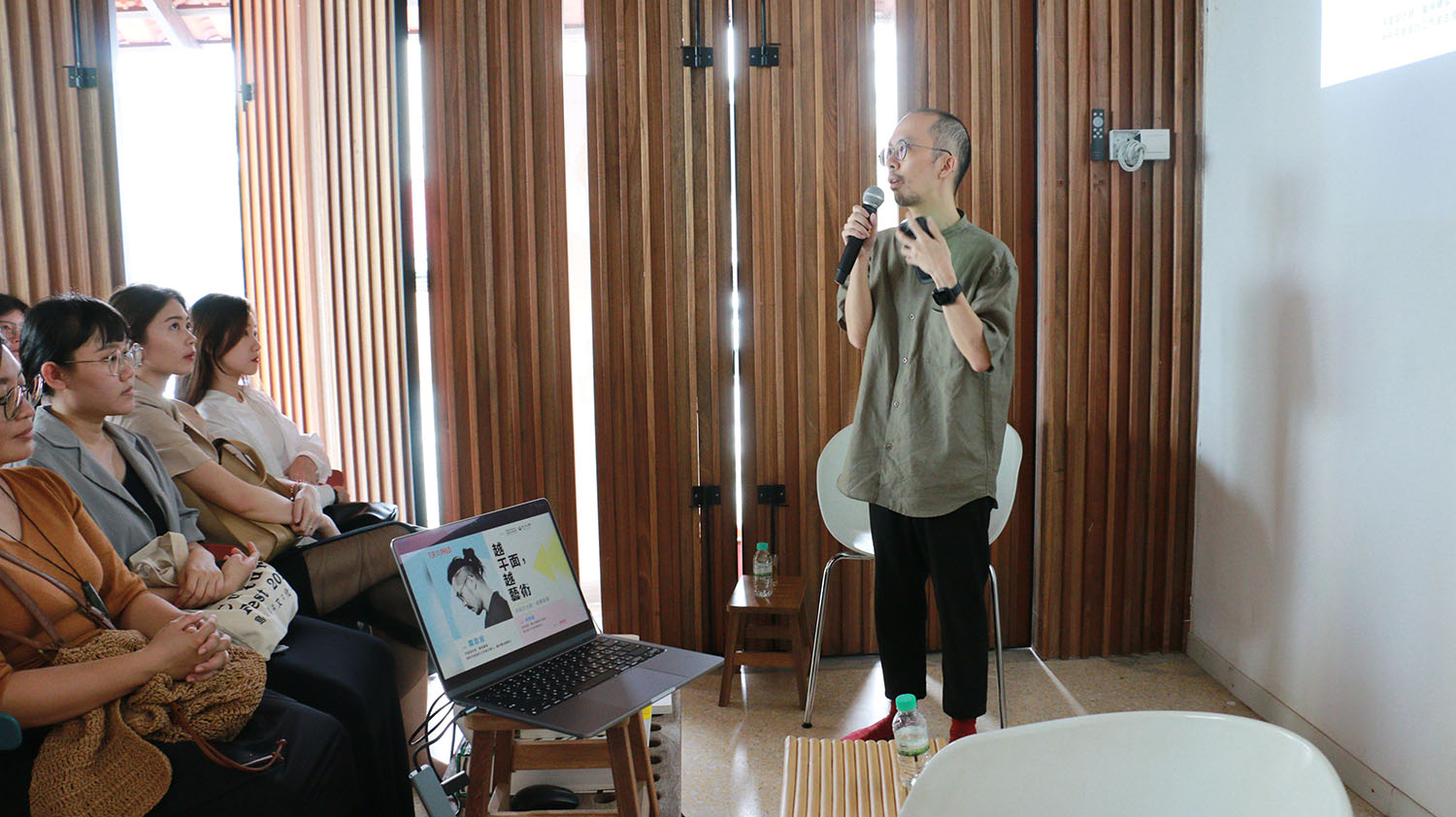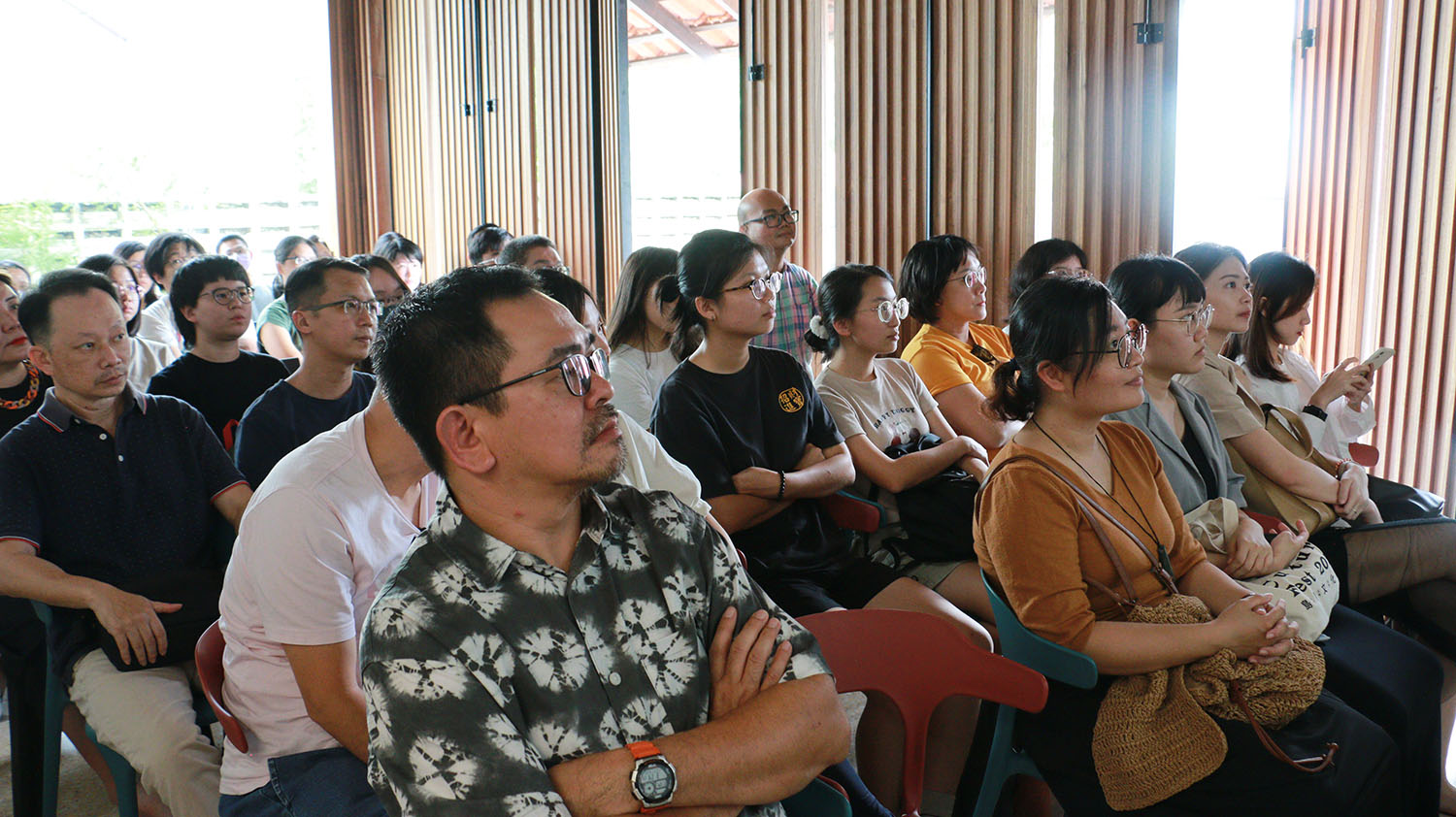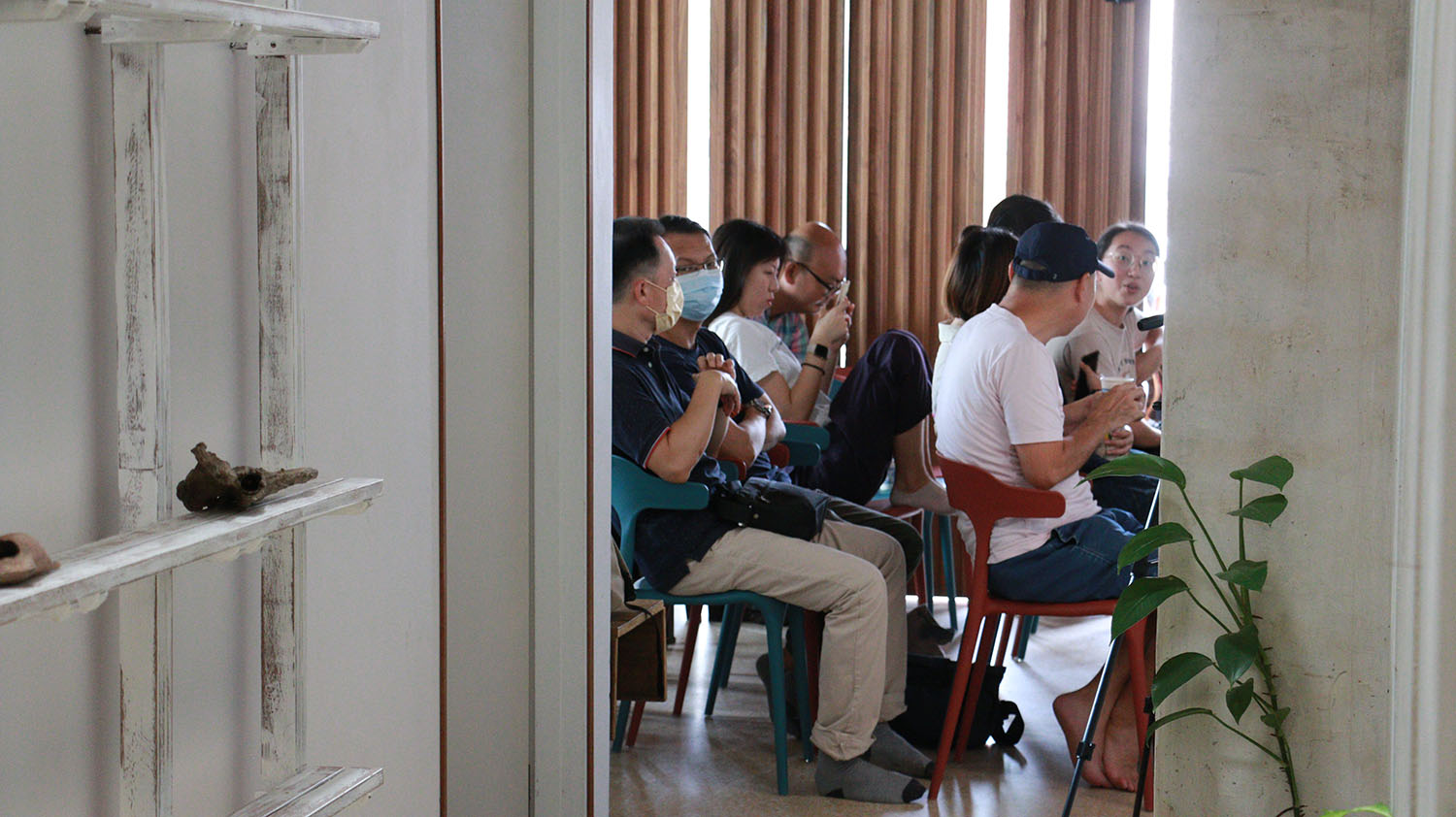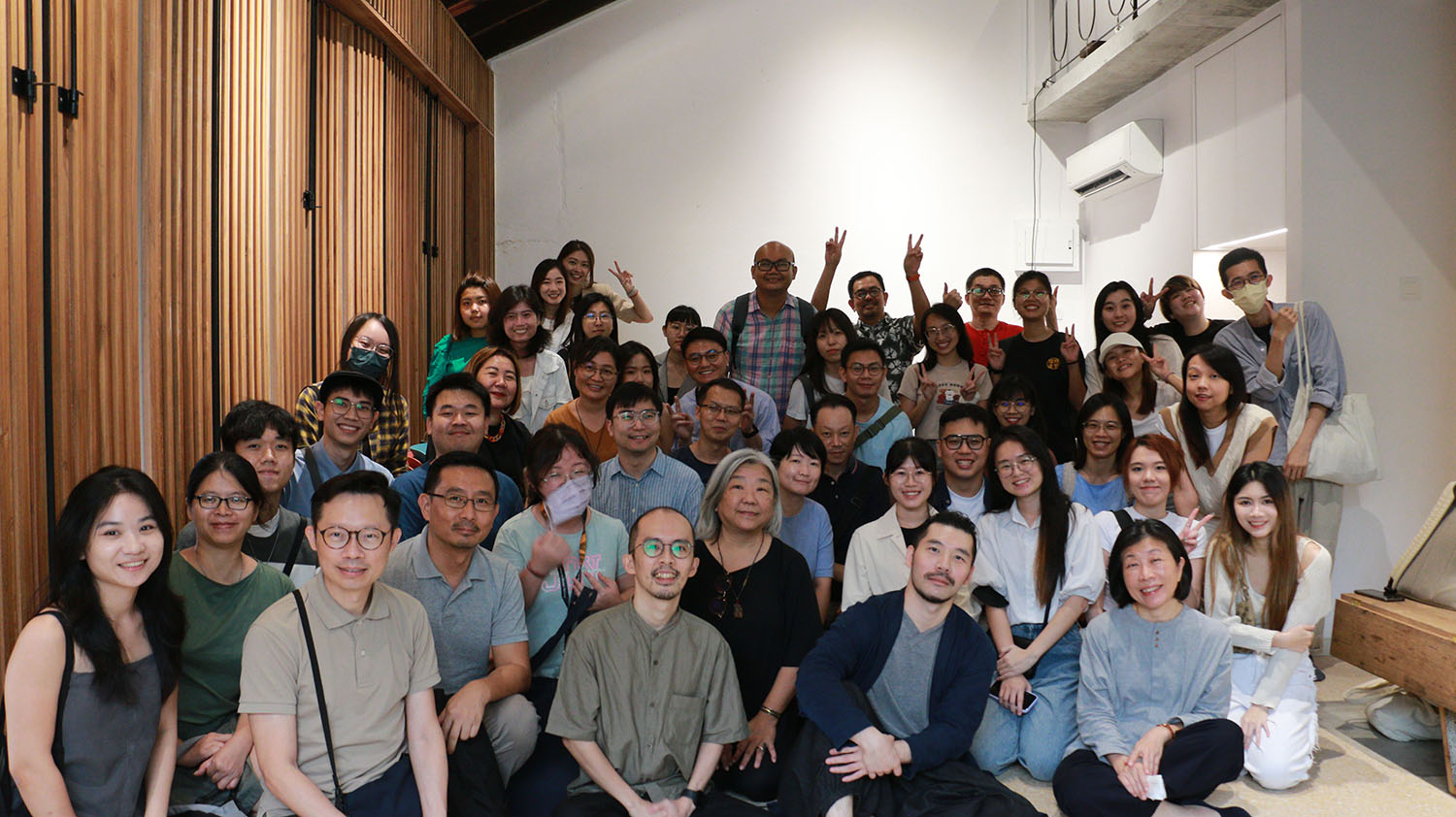Tea Philo 2023
Artistically Graphic: On Graphic Design, Typography, and Artful Interpretations
【Tea Philo】63
Date:30/09/2023 (Sat)
Time:3pm – 5pm
Venue:Papan Haus (17,Jalan 14/1,Seksyen 14, 46100 Petaling Jaya)
Tea Philo 63: New AGI Member Chung-Yi Yeh On the Art of Design, Typography, and Communicating with Clients
Organised by the Taipei Economic and Cultural Office in Malaysia and produced by the INXO Arts & Culture (L) Foundation, Tea Philo is a series of sharing sessions revolving around the discussion of philosophies and humanities. Luminaries from Taiwan are invited to share their experiences and engage with the Malaysian audience to encourage exchanges of ideas and experience. The 63rd edition of Tea Philo talk featured graphic designer Chung-Yi Yeh as guest speaker, marking his first public event after being announced as a new member of the prestigious Alliance Graphique Internationale (AGI), a world-renowned association of graphic designers.
Chung-Yi Yeh’s sharing titled “Artistically Graphic: On Graphic Design, Typography, and Artful Interpretations” took place at Papan Haus, Selangor on 30th September 2023 and was moderated by Lim Kee Fung, designer and Creative Director of Bilateral Studio.
Upon returning to Taiwan from Japan in 2012 after graduating from the Kyoto University of Art and Design, Yeh found out that in Taiwan, the application of typography in graphic design had not been widely understood as a professional category nor taught as part of the curriculum in art schools. “Clients then were resistant to the idea of paying for fonts, viewing it as an unnecessary expense or ‘a scam to make clients pay more’, but fonts do incur costs and require licensing. In Japan, it takes two to three years to develop a good font,” he explained. This led him to think about and start working on ways to communicate the vision, process, and value of designers and typographers with the general public.
First of his efforts was to boldly reach out to Akira Kobayashi, the Creative Type Director of Monotype and a world-renowned type designer who had published a series of books on typography in Japan. Upon their meetup, Yeh confidently proposed to translate and publish Kobayashi’s books in Taiwan. Kobayashi admired his courage and promised to provide full support.
Yeh thus committed the following 2 to 3 years to researching, translating and defining terminology, and publishing Traditional Chinese editions of Kobayashi’s works, including Obun Shotai (《歐文字體1》, Latin alphabet), Obun Shotai 2 (《歐文字體2》, Latin alphabet 2), Fonto No Fushigi (《字型之不思議》, The amazing world of fonts), and Machi Moji (《街道文字》, Street signs and lettering).
Continuing on his journey of “design education”, Yeh founded Typography 字誌, the first professional typography magazine in Chinese that covered content related to type design, logo and font application. Yeh also took the challenge to co-curate an exhibition of Wolfgang Weingart, “father of New Wave or Swiss Punk typography.
While sharing his experience of working with clients for commercial projects, he emphasised that communication is key: “The fact that my clients may lack an appreciation for design or art is quite understandable to me, because they spend their time looking at numbers, focusing on performance, and thinking about how to make money.” He knew it was part of his job to help them see the value and meaning behind his design. “Perhaps because I’ve had training in a business school before, I know how to communicate effectively with people outside of the art and design fields,” he explained.
During the talk, Yeh showed the audience some of his commercial design works and shared stories behind the scenes. Works he mentioned include: key visual design for 2018 Taiwan’s National Day “Taiwan, Together”, a co-branded package design for Auchentoshan Scotch Whisky, logo and rebranding for Fufu Grocery Store, and visual identity design for 2020 Taiwan Design Expo, among others.
During the Q&A session, Yeh was asked how designers might cultivate or maintain a unique style of their own. “In traditional training, designers are often told to ‘take a step back’ and not assert their styles in projects, but I am a person with a strong personality that I naturally cannot ‘back off’. Every designer must have their own personality. I would say start from things you like, then try to figure out why you like them, and you might gradually find yourself and your style.”


